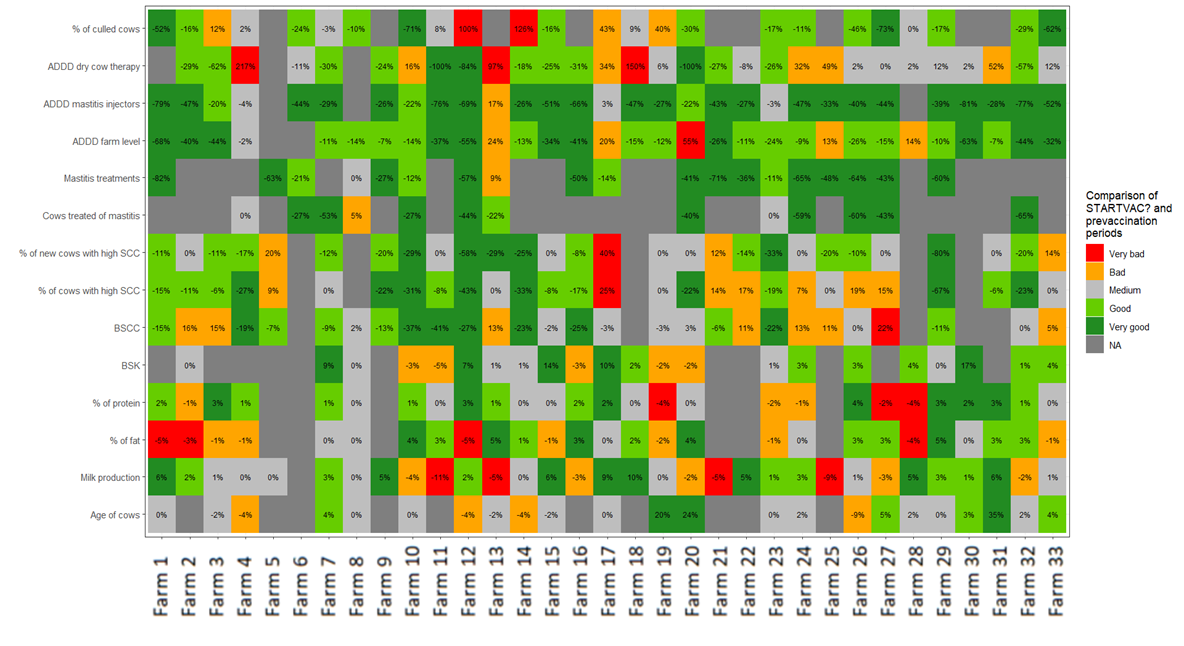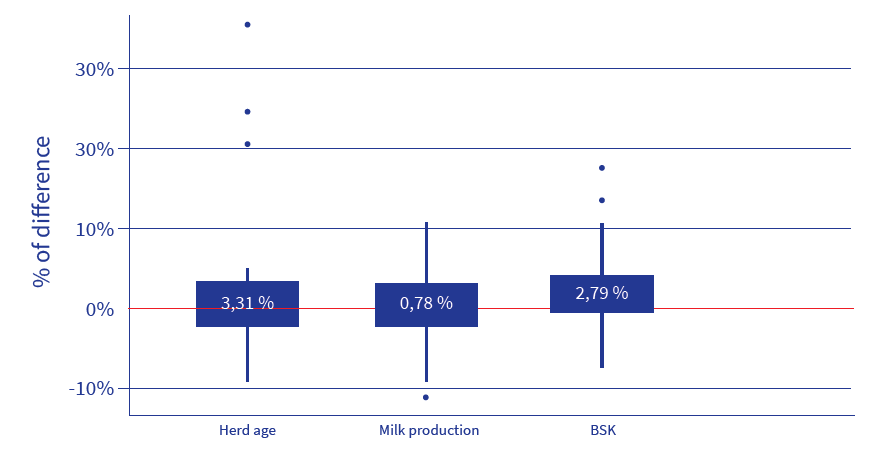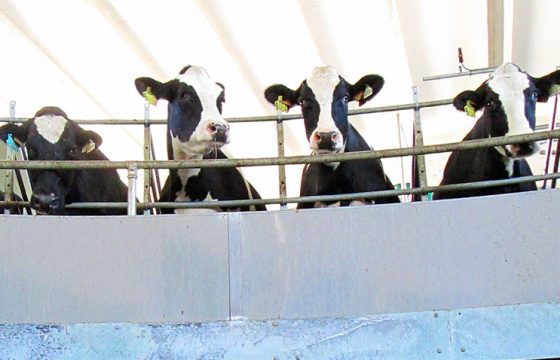Can vaccination improve udder health KPIs? A field study in 33 Dutch farms
Udder health Key Performance Indicators (KPIs) are a helpful tool to monitor the status of mastitis on the herd. Moreover, they can help us see the results and benefits of implementing preventive measures, such as vaccination.
A field study was performed in 33 Dutch farms, comparing udder health KPIs before and after vaccination with STARVAC®. The results were very promising, and they were presented at the WBC ’22.
Aim of the study
The objective was to analyse the effect of vaccination with a mastitis vaccine (STARTVAC®) in several udder health parameters and antibiotic reduction in commercial dairy farms in the Netherlands.
“STARVAC® is a polyvalent vaccine against S. aureus, NAS, E. coli and coliforms”
How was it done?
A total of 33 dairy farms were included in the study. The cows were vaccinated with STARVAC®, and data from 2 periods were analysed: 12 months before and 12 months after vaccination.
The next 17 KPIs were compared:
| Number of cows | Bulk tank somatic cell count (bSCC) | ADDD of mastitis injectors |
| Age of cows | % of cows with high SCC | ADDD for dry cow therapy |
| Milk production | % of new cows with high SCC | % of culled cows |
| % of fat | Number of cows treated for mastitis | Number of dead cows |
| % of protein | Number of mastitis treatments | SCC of culled cows |
| BSK* | Defined Daily Dose per Animal (ADDD) |
* BSK: standardised milk production value for each cow to the 50th day of the third lactation period
What did KPIs tell us about vaccination?
The statistical analysis showed that vaccination with the polyvalent mastitis vaccine (STARTVAC®) had an overall positive effect on all measured KPIs.

The most remarkable results were on the reduction of treatments and the use of antibiotics. There was also a reduction of bulk tank SCC, but even more on the % of cows with high SCC. A mild impact was observed in the herd age, demonstrating greater longevity.
“The % of cows with high SCC was reduced by 9%, and treatment for mastitis was reduced by 40%”
Nevertheless, not all farms improved in all indicators. This was expected as there was heterogeneity on the starting point and management of the farms.
In addition, an economic study was performed. It was seen as a positive economical return related to mastitis reduction (+1,816€). That benefit means that vaccination is a profitable tool as the Return of Investment (ROI) is 3.09:1.

 Fig 2-3: % of variation of the different KPIs.
Fig 2-3: % of variation of the different KPIs.
Conclusions of the field study
Vaccination with STARTVAC® has shown to have a positive impact on the:
– Reduction of treatments and antibiotic use.
– Better udder health status (clinical and subclinical).
– Longevity of the cows: Profitability of the farm.


